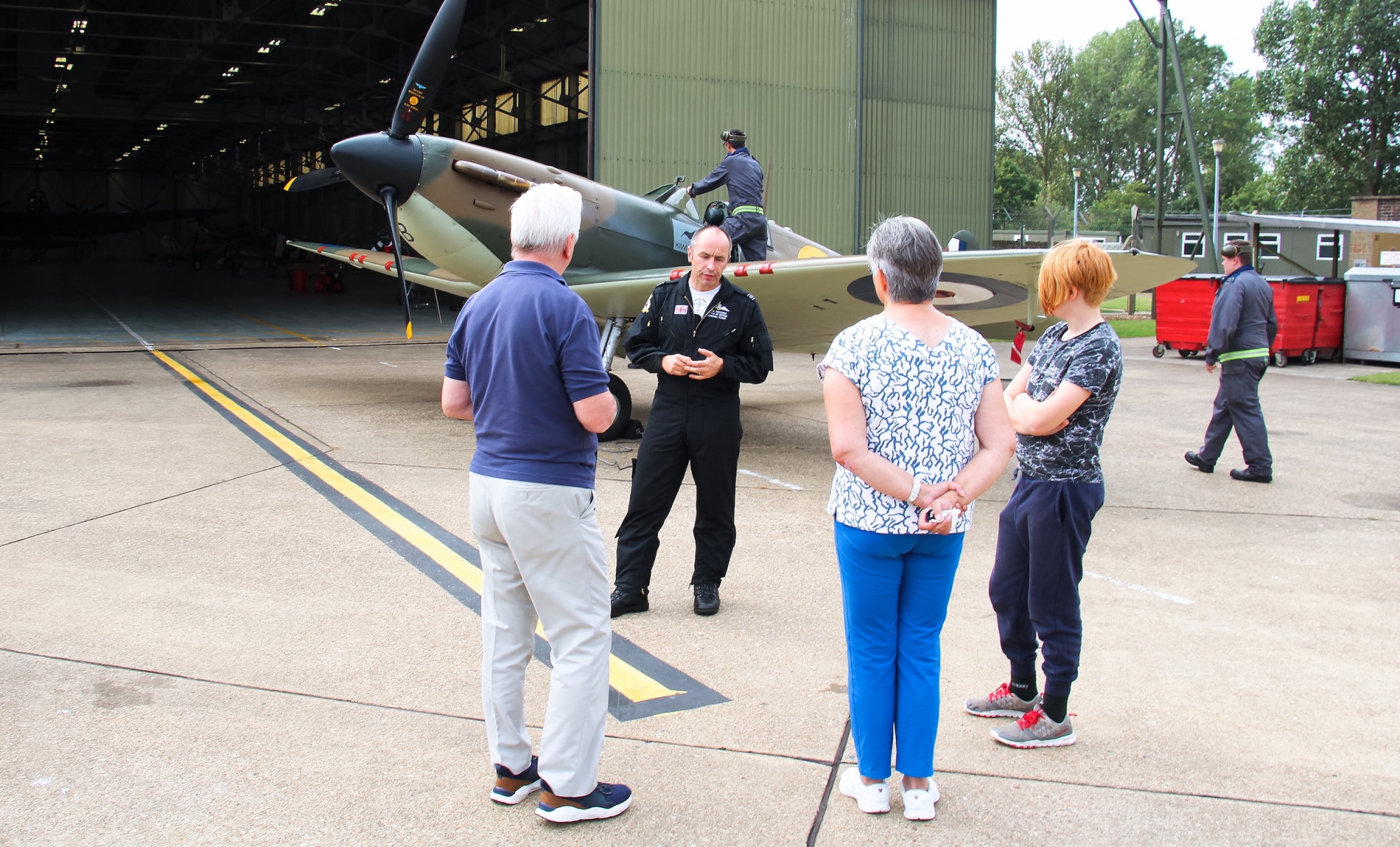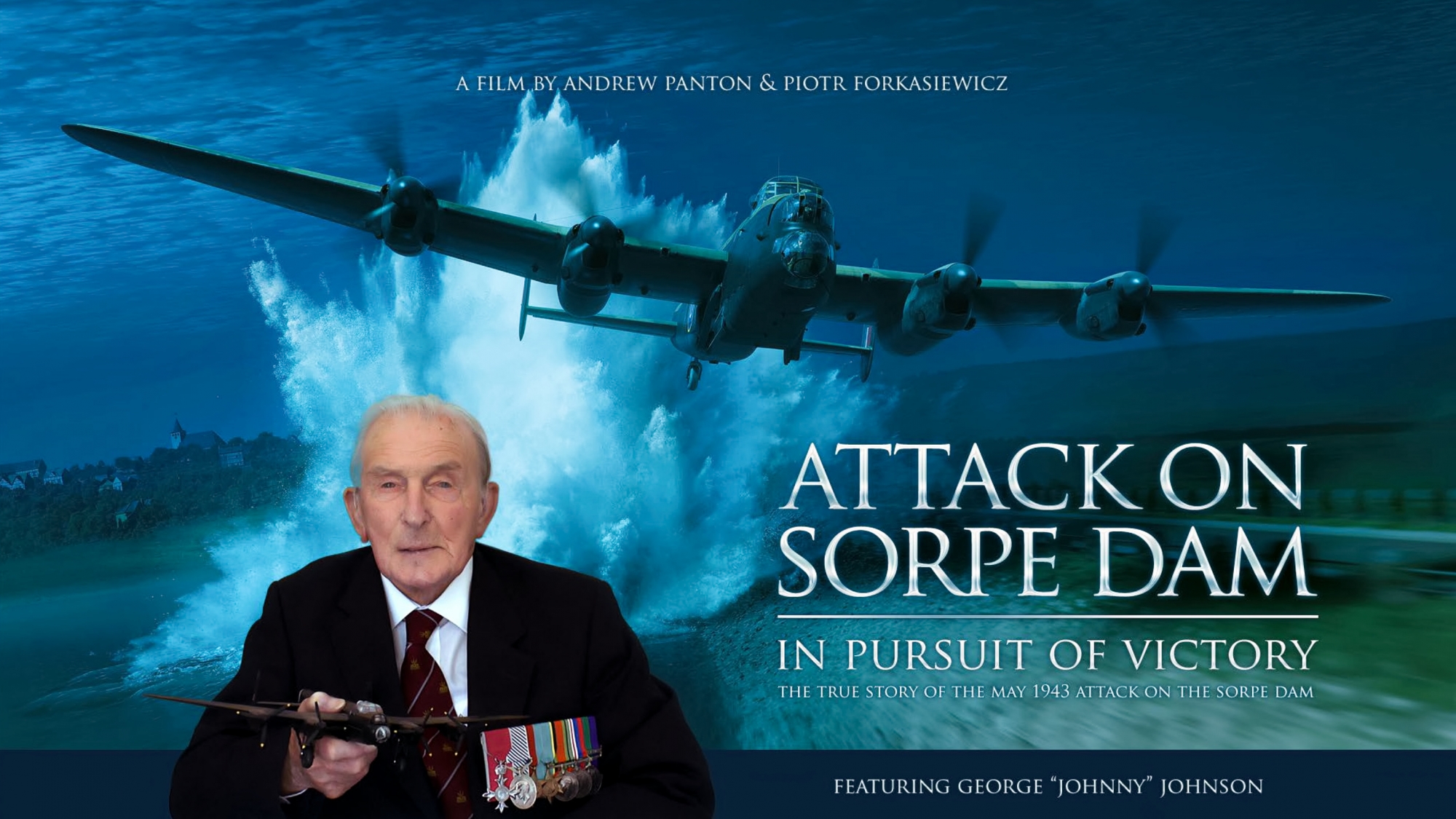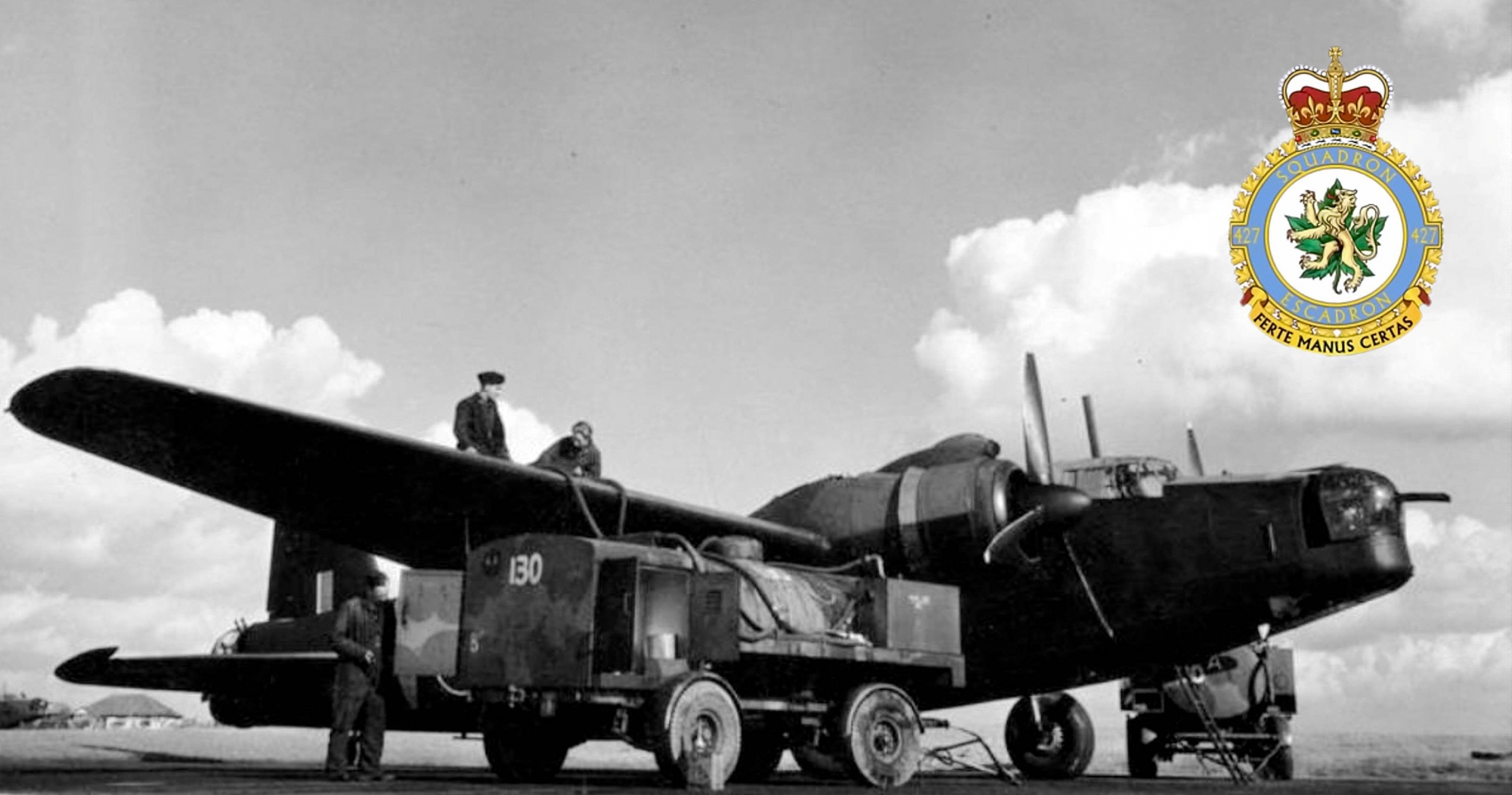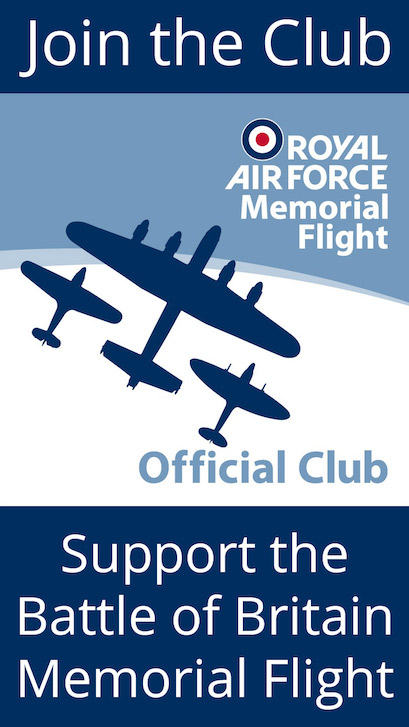Header image: In March 1943, Vickers Wellingtons like this Mk X were still in frontline use and 427 Sqn RCAF flew them during the initial stages of the Battle of the Ruhr.
Eighty years ago, in March 1943, RAF Bomber Command’s campaign against the German war factories in the Ruhr Valley intensified into what became known as the Battle of the Ruhr. The five-month campaign saw concentrated attacks against the heavy German industrial targets in the Ruhr, which included armament factories, coke plants, steel works and synthetic oil plants. The area was heavily defended with searchlight belts and 400 batteries of heavy ‘flak’, some radar controlled – the Bomber Command crews referred to it as “Happy Valley” – and the routes to and from the target area were patrolled by the Luftwaffe’s numerous night-fighters. During the campaign Bomber Command made 43 raids on 39 nights against targets in the Ruhr, with considerable success but at great cost. Some 900 bombers and 6,000 aircrew – 4.7 percent of the attacking force – were lost over enemy-occupied territory. In total, around 1,000 Bomber Command aircraft were lost to all causes and over 2,000 were damaged during the campaign.









